Google’s latest AI model, Gemini 2.5 Flash, is not as safe as the older version, Gemini 2.0 Flash. Tests show it breaks Google’s safety rules more often when answering questions or describing images. This news comes as tech companies try to make AI systems that answer almost any question, even controversial ones.
Why the New AI Is Less Safe
Google’s tests found that Gemini 2.5 Flash makes 4% more mistakes with text questions and 10% more mistakes with image prompts than the older model. For example, when asked to write an essay supporting unfair laws or spying on people, the new AI does not refuse as it should.

The change happened due to Google’s enhancements in AI’s ability to interpret user commands. Users occasionally request detrimental content from the system. According to Google, false alarms exist among detected mistakes, but the AI system unveils harmful outcomes when under pressure.
Why People Are Worried
AI experts say Google did not share enough details about the safety tests. Without examples of the AI’s mistakes, outsiders cannot check how serious the problem is. Thomas Woodside, an AI safety expert, said, “If we do not know what the AI did wrong, we cannot fix it.”
This is not the first time Google has been secretive. Last year, it delayed sharing safety details for another AI model, Gemini 2.5 Pro.
Other AI Companies Face Similar Problems
Other tech giants like Meta and OpenAI also struggle with AI safety. For example
- Meta’s Llama AI was trained to avoid picking sides in political debates.
- OpenAI’s ChatGPT recently let kids create inappropriate stories by accident.
These companies want AI to handle tough questions, but risk letting it spread harmful ideas.

What This Means for Users
Google’s Gemini 2.5 Flash is still in testing. Users might notice
- The AI follows directions better, even if they are risky.
- It is less likely to say, “I cannot answer that” to controversial questions.
- Schools or businesses using this AI need to watch for mistakes.
Google says it will keep improving safety. But right now, the new model is riskier than the old one.





